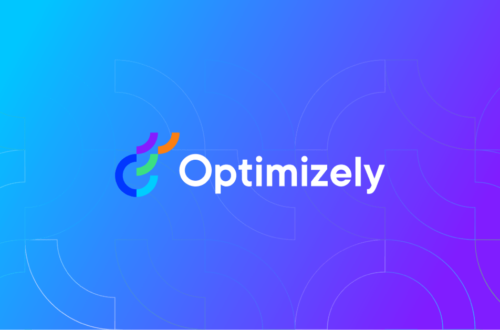
The Real Power of Traffic Alignment
Traffic alignment is the deliberate practice of synchronizing incoming audience flows with the most relevant content, offers, and paths to conversion.
When executed correctly, alignment reduces wasted impressions, shortens customer journeys, and increases return on acquisition spend.
Core Principles
Relevance is the foundational principle of traffic alignment, ensuring each visitor encounters an experience tailored to how they arrived.
Intent mapping ties acquisition sources to specific content and offers that match user motivations and stage in the funnel.
Control of context preserves message continuity across touchpoints so users see consistent value from first click to conversion.
Segmentation of Traffic Sources
Segmenting traffic by source type, campaign creative, and user intent enables precise routing to relevant landing experiences.
Paid search typically demands transactional pages while content-driven social traffic benefits from education-first experiences.
Referrals and partner traffic often convert best when the partner context is honored through co-branded messaging and dedicated paths.
Landing Experience Design
Landing pages must mirror upstream messaging in tone, offer, and visual cues to minimize friction and decision time.
Micro-personalization such as headlines, hero visuals, and prioritized copy increases perceived relevance and lifts conversion rates.
Clear, single-minded calls to action aligned with the incoming traffic’s intent reduce cognitive load and improve outcomes.
Channel Coordination
Cross-channel coordination aligns paid, organic, email, and social efforts so each channel reinforces the same conversion pathway.
Avoiding contradictory CTAs and duplicative offers preserves trust and prevents audience confusion.
Using channel-specific strengths helps: instant SMS nudges for urgency, email for detail, and social for discovery.
Technical Routing and Experimentation
Implementing traffic routing rules at the ad platform or server level ensures visitors are sent to optimized experiences automatically.
A/B and multivariate testing for routed pages identify which alignment combinations perform best for each traffic segment.
Feature flags and dynamic content delivery systems accelerate iteration and reduce engineering bottlenecks.
Measurement and Attribution
Measure alignment impact with conversion rate, cost per acquisition, and time-to-conversion segmented by source and routed experience.
Attribution models should capture the lift from alignment by comparing routed audiences to control cohorts receiving generic experiences.
Monitor downstream metrics such as retention and lifetime value to ensure initial alignment delivers sustainable revenue.
Governance and Playbooks
Operational playbooks standardize how different traffic types are classified, routed, and optimized across teams.
Governance defines ownership, escalation paths for underperforming routes, and quality checks for messaging consistency.
Regular alignment reviews embed continuous improvement into marketing rhythm and reduce ad-hoc decision-making.
Personalization at Scale
Combining deterministic signals with behavior-based triggers enables scalable personalization without sacrificing speed.
Templates and modular content blocks allow teams to create many aligned experiences quickly while maintaining brand control.
Machine learning can help prioritize which personalization variables drive the most incremental value for each traffic segment.
Cost Efficiency
Aligned traffic reduces wasted spend by improving conversion efficiency and shrinking the funnel leakage between touchpoints.
Higher conversion rates lower the effective acquisition cost and increase the profitability of paid channels.
Alignment also amplifies organic and referral value by creating better first experiences that encourage sharing and repeat visits.
Customer Experience and Trust
Traffic alignment creates immediate relevance, which increases user satisfaction and reduces bounce rates.
Transparent, consistent messaging fosters trust and decreases the likelihood of complaints or returns.
Respecting user intent and time by delivering appropriate experiences improves long-term brand perception.
Organizational Impact
Marketing, product, and engineering alignment is required to operationalize traffic alignment across the stack.
Cross-functional collaboration shortens the feedback loop between testing, learning, and deployment.
Teams that align on traffic strategy move faster and make higher-confidence decisions with shared metrics.
Risks and Mitigations
Over-segmentation can fragment analytics and make optimization noisy, so balance granularity with statistical power.
Misaligned automation risks sending inappropriate experiences, so include human review gates for high-impact flows.
Privacy and consent constraints require careful handling of routing rules and personalization signals.
Traffic alignment multiplies the effectiveness of acquisition channels by ensuring visitors find exactly what they need quickly.
Organizations that treat alignment as a strategic capability capture better margins, stronger retention, and more predictable growth.
Prioritize clear intent mapping, rigorous experimentation, and cross-team governance to harness the full power of traffic alignment.




